Gallery Events
Sep
302018 |
Prof. Hilke SchlichtingKuiper Belt ObjectsLocation: Geology 3656 In 1930 a small “planet”, Pluto, was discovered that had a strange orbit. The mean radius of the orbit was larger than that of Neptune, but during part of the orbit (e.g., 1979-1999) the object is closer to the Sun than Neptune. Thanks to research led by our UCLA colleague Dave Jewitt, additional “planets” with strange orbits occupying the region 30 to 50 AU from the Sun have been found. The objects largely consist of ices of water, methane and ammonia. Prof. Schlichting will talk about the formation of Kuiper-Belt objects, dynamical processes that caused their distribution in space, and relationships to comets. Picture credit: NASA 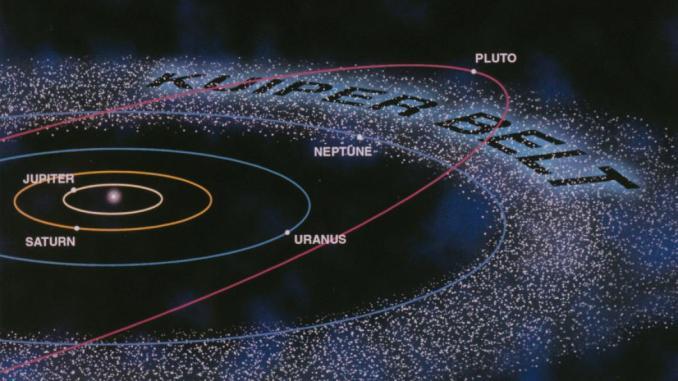
|
Aug
262018 |
Dr. Candace KohlCollection of Meteorites from Antarctic Ice FieldsLocation: Geology 3656 Many very important meteorites have been collected from the “cold storage” of the Antarctic ice sheet. This continent-wide glacier is gradually moving towards the ocean; in some areas erosion by winds exposes meteorites on the surface. Candace will tell us about her experiences as a member of a collection team in Antarctica and also about participation on a team that collected a long core of Greenland ice to analyze for variations in cosmic-ray produced isotopes. 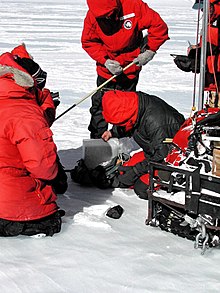
|
Jul
152018 |
Jean Pierre WilliamsMysterious Cold Spots on the Moon: A New Class of Impact CratersLocation: Geology 3656 Mapping by the Lunar Reconnaissance Orbiter revealed areas having unusually low temperatures called “cold spots”; regions associated with recently formed impact craters. The cold spots identify the recently formed impact craters. Studying them improves our ability to use impact chronology to date planetary surfaces. The larger cold spot craters are candidate source craters for lunar meteorites; their formation ages are a few hundred thousand to a million years, similar to ejection ages of most lunar meteorites. 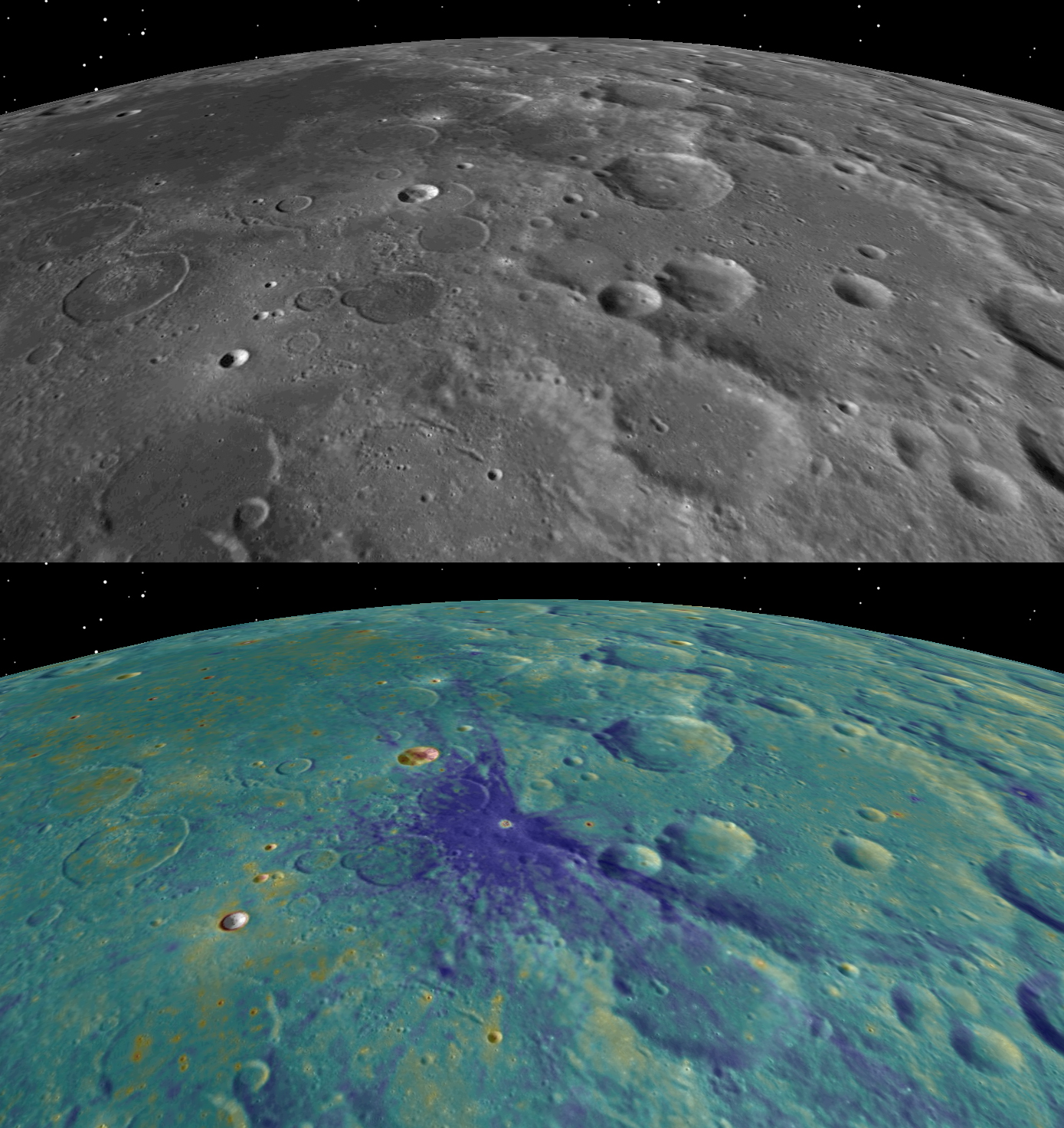
|
Jun
102018 |
Dr. Paul Warren and Prof. John WassonUreilites, diamonds and meteorites from bodies the size of MercuryLocation: Geology 3656 They will discuss and critique a recent Nature article about diamonds found in a ureilite that fell in the Sudan in 2008. Although the diamonds are relatively small, it is inferred that they originally reached sizes of 100 micrometers; they contain some tiny Fe3(P,S) minerals which have compositions that require pressures only obtained at a depth of >2000 km in a planet the size of Mercury or Mars. These would be the first confirmed evidence of such high static pressures in meteorites. Picture: A colorized scanning transmission electron microscope image showing diamond (blue), inclusions (yellow), and graphite in the Almahata Sitta meteorite. (F. Nabiei, E. Oveisi, C. Hébert/EPFL, Switzerland) 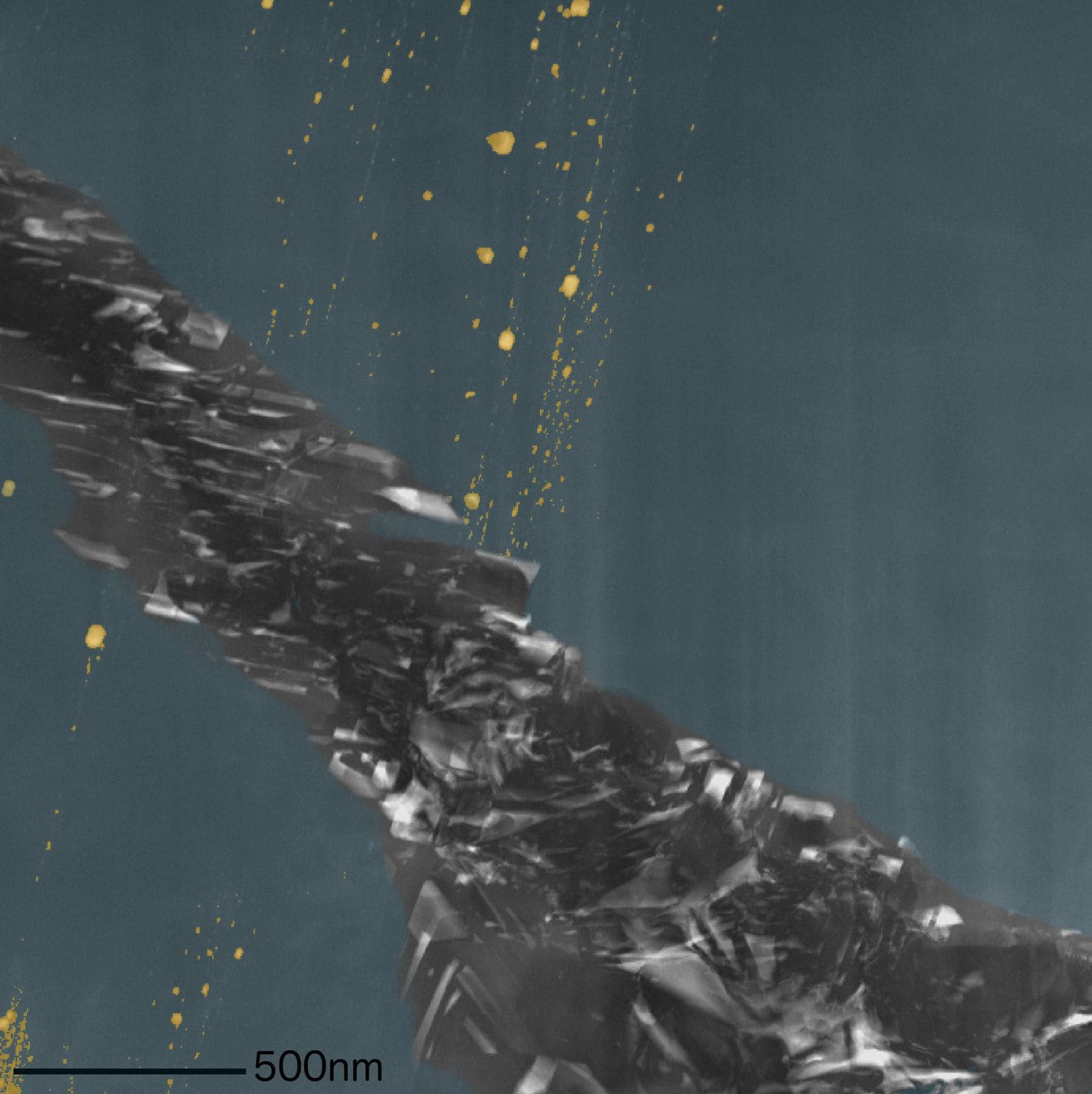
|
May
202018 |
Dr. Alan RubinSearching for links between Asteroids and MeteoritesLocation: Geology 3656 Meteorites are fragmental breccias consistent with the high abundance of impact craters on asteroids and old formation ages of meteorites indicate that they formed on small bodies that cooled within a few million years. Compositional links are provided by spectral reflectivities that match those of asteroids, and densities that indicate the presence of appreciable metal. LL-chondrite samples were returned to Earth from Asteroid 25143 Itokawa; other spacecraft missions will return more samples during the next decade. 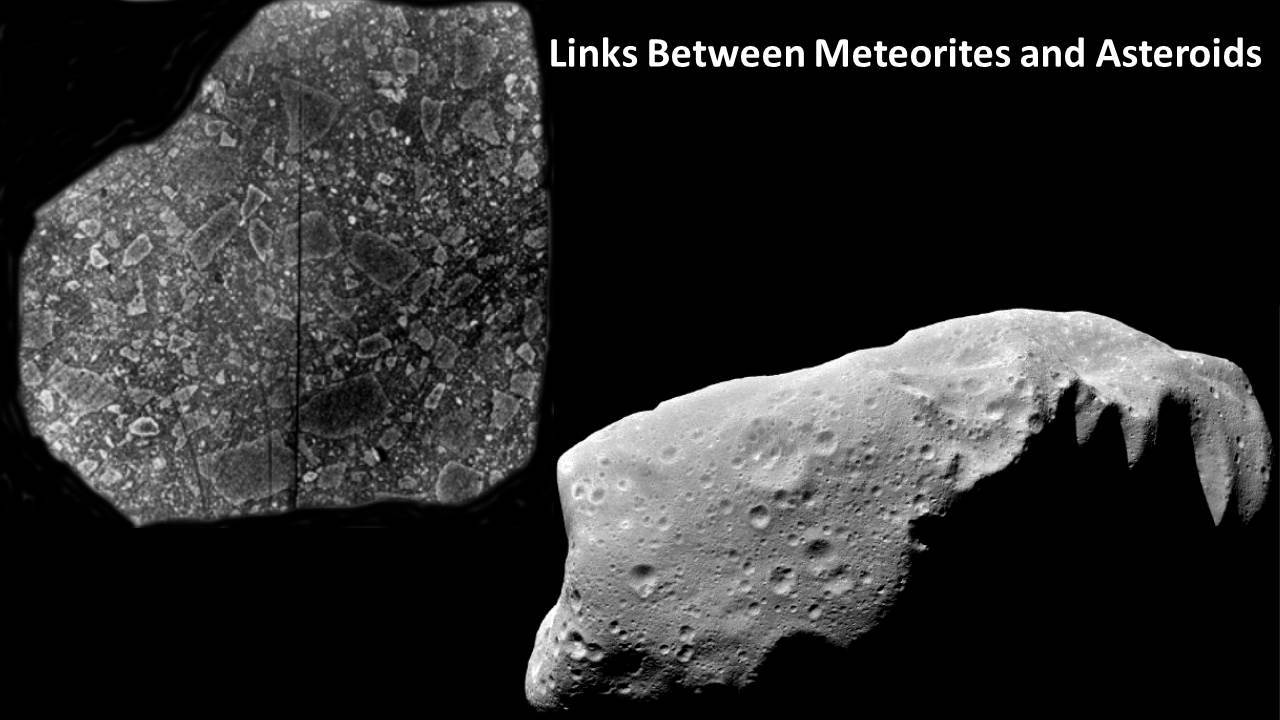
|